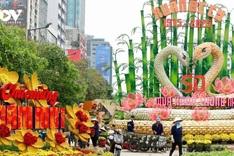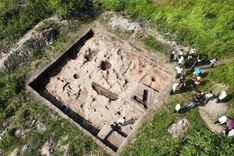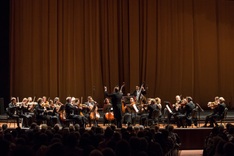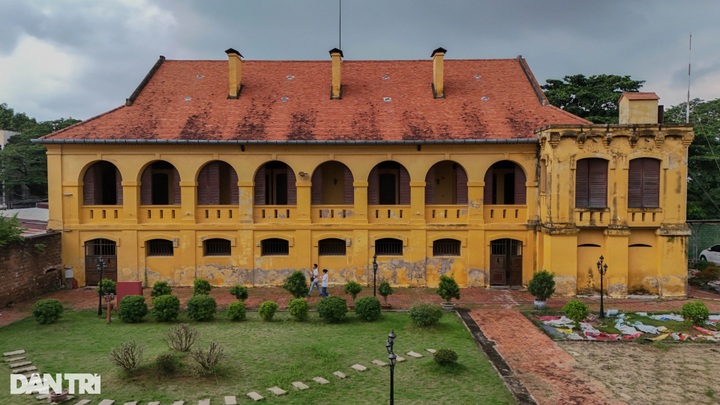
Under the instruction of the Dong Nai Department of Culture, Sports and Tourism, the Dong Nai Museum will work with concerned units to dismantle a two-story building in front of the site, creating open space and better visibility.
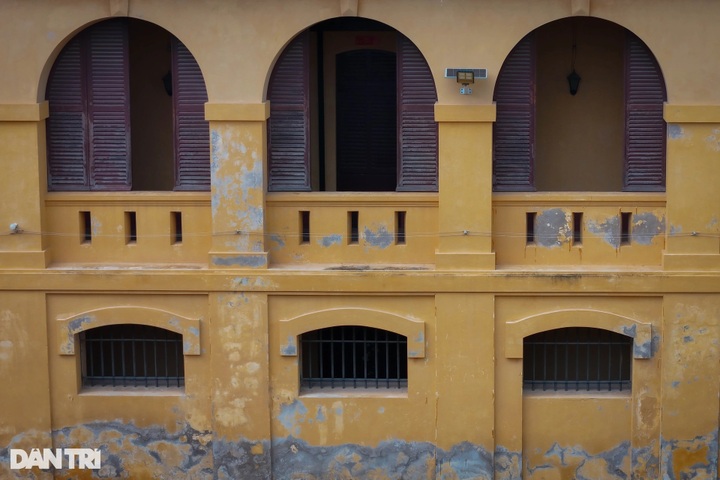
Bien Hoa Citadel, originally named Cu Citadel, was built from earth in 1816, during the 15th year of Emperor Gia Long's reign. Its circumference was 2,587 metres, and it stood 3.4 metres high and 4 metres thick. It featured four gates and a central flag tower.

In 1837, during the 18th year of Emperor Minh Mang's reign, Cu Citadel was rebuilt with laterite and renamed Bien Hoa. After years of war and historical change, only about one hectare remains, including three wall sections, a watchtower, and two French-era villas.

In the early 20th century, the French used the Bien Hoa Citadel as barracks and a prison. Many artefacts from the colonial period have been preserved and are now exhibited for public viewing.

The Ministry of Culture, Sports, and Tourism recognised the site as a national historical monument in 2013. The colonial villas were later restored and repainted to serve as exhibition spaces and welcome visitors.

Today, various items once used by the French, such as clocks, oil lamps, typewriters, televisions and electric lights, are displayed inside the restored villas, offering visitors a vivid window into a bygone chapter of history.

Many facilities of the Bien Hoa Citadel have deteriorated.

According to the Dong Nai Department of Culture, Sports, and Tourism, the project must closely follow heritage preservation laws. It will focus on redesigning the grounds to create space for community activities, art exhibitions, tourism, and cultural education. Meanwhile, no original structures will be altered.

Once operational, the Bien Hoa Citadel Square is expected to become a multifunctional space for local residents and tourists. It will also contribute to preserving and promoting the site's historical and cultural value.









